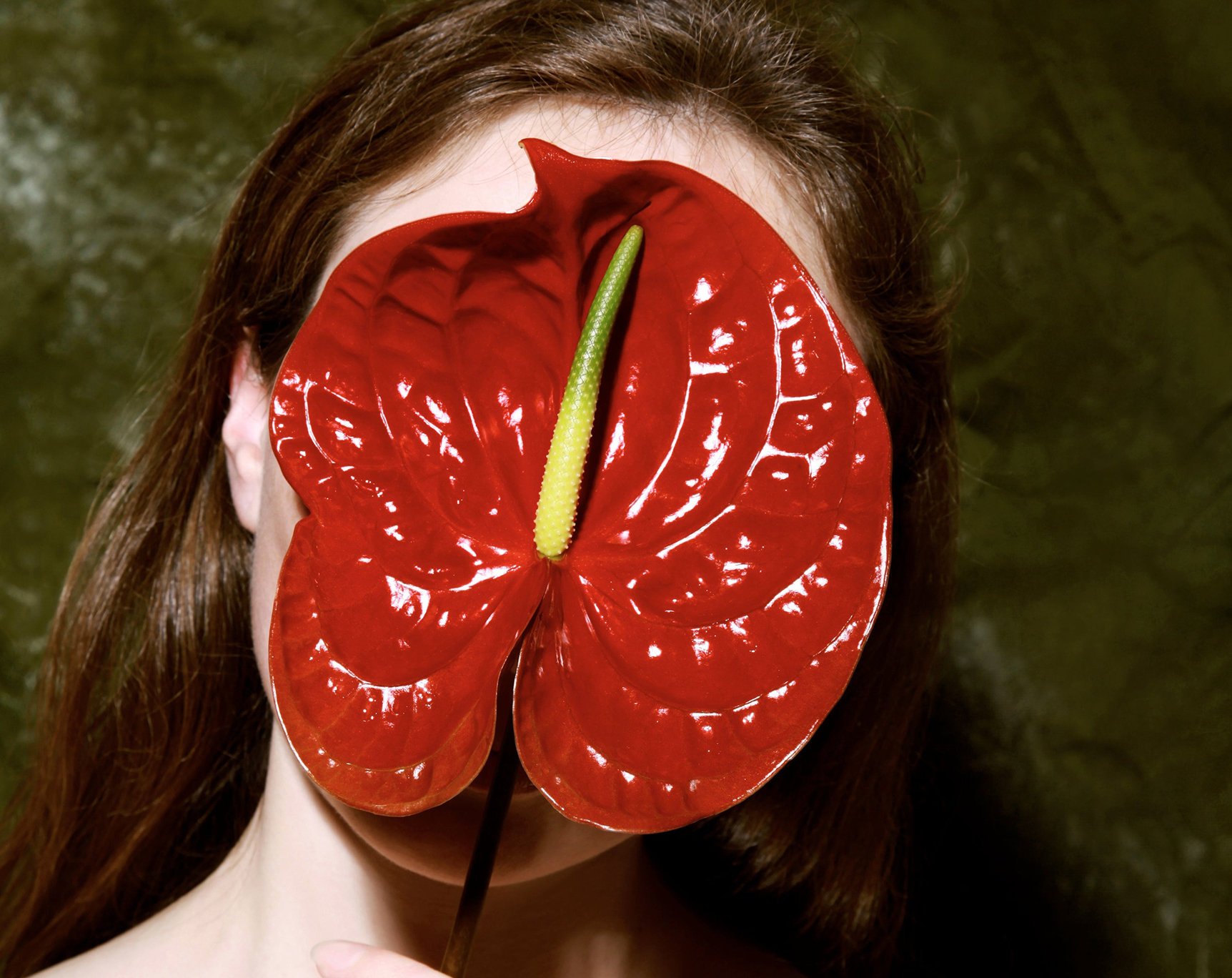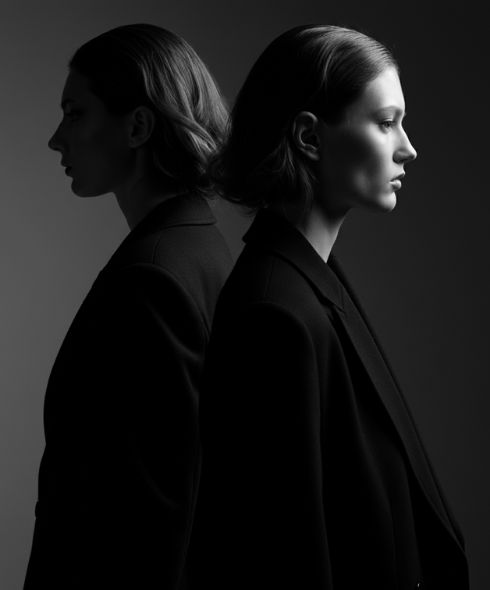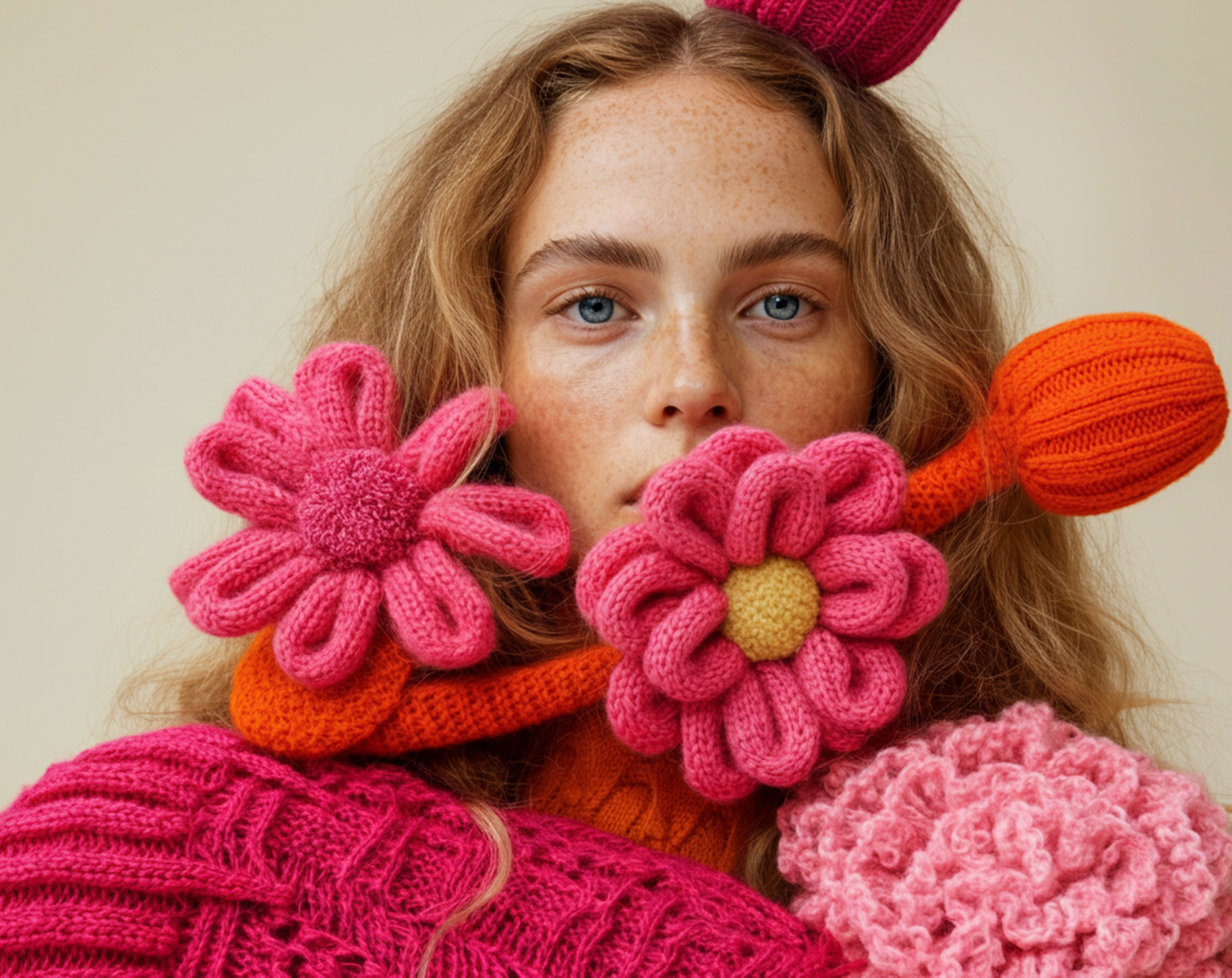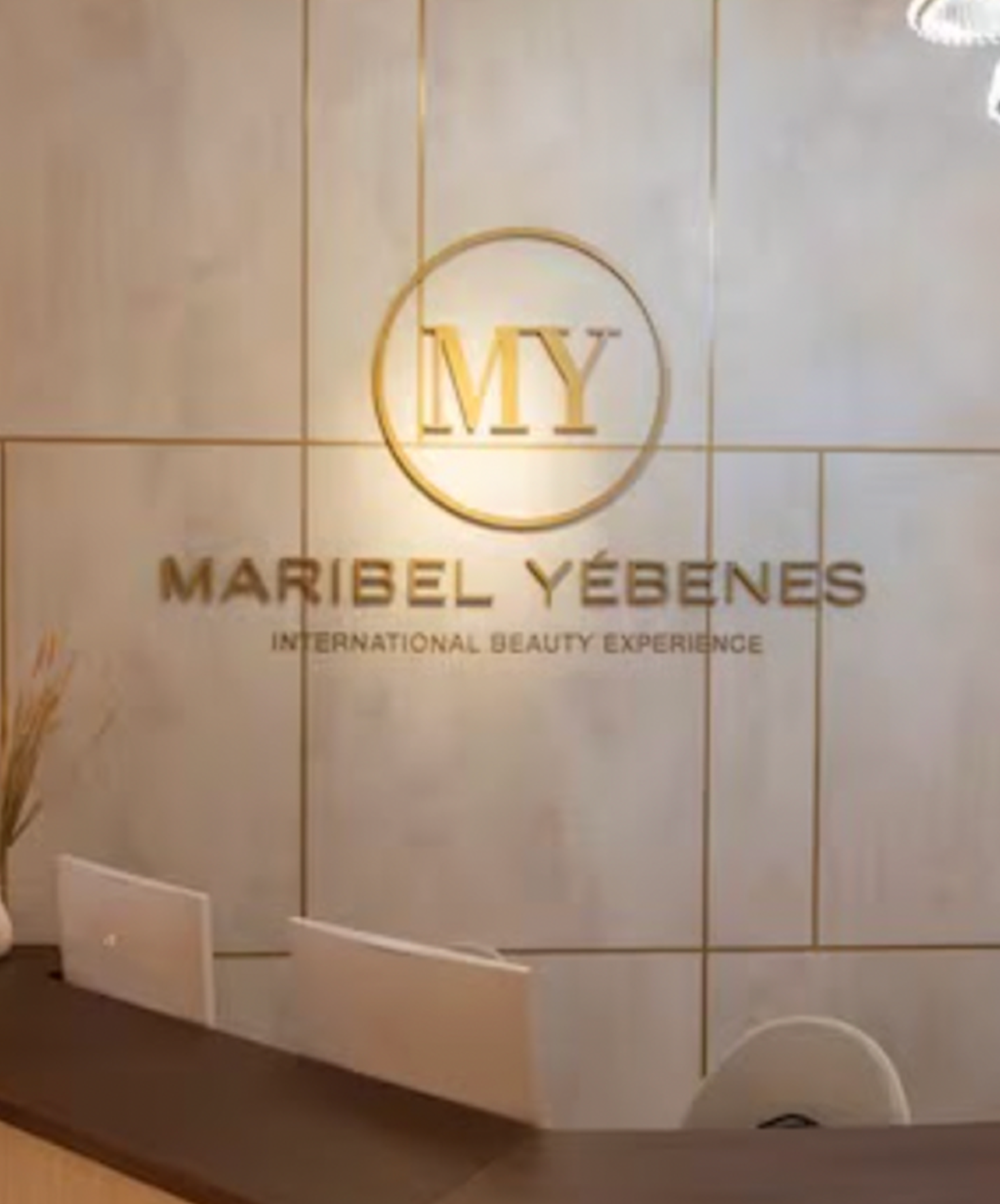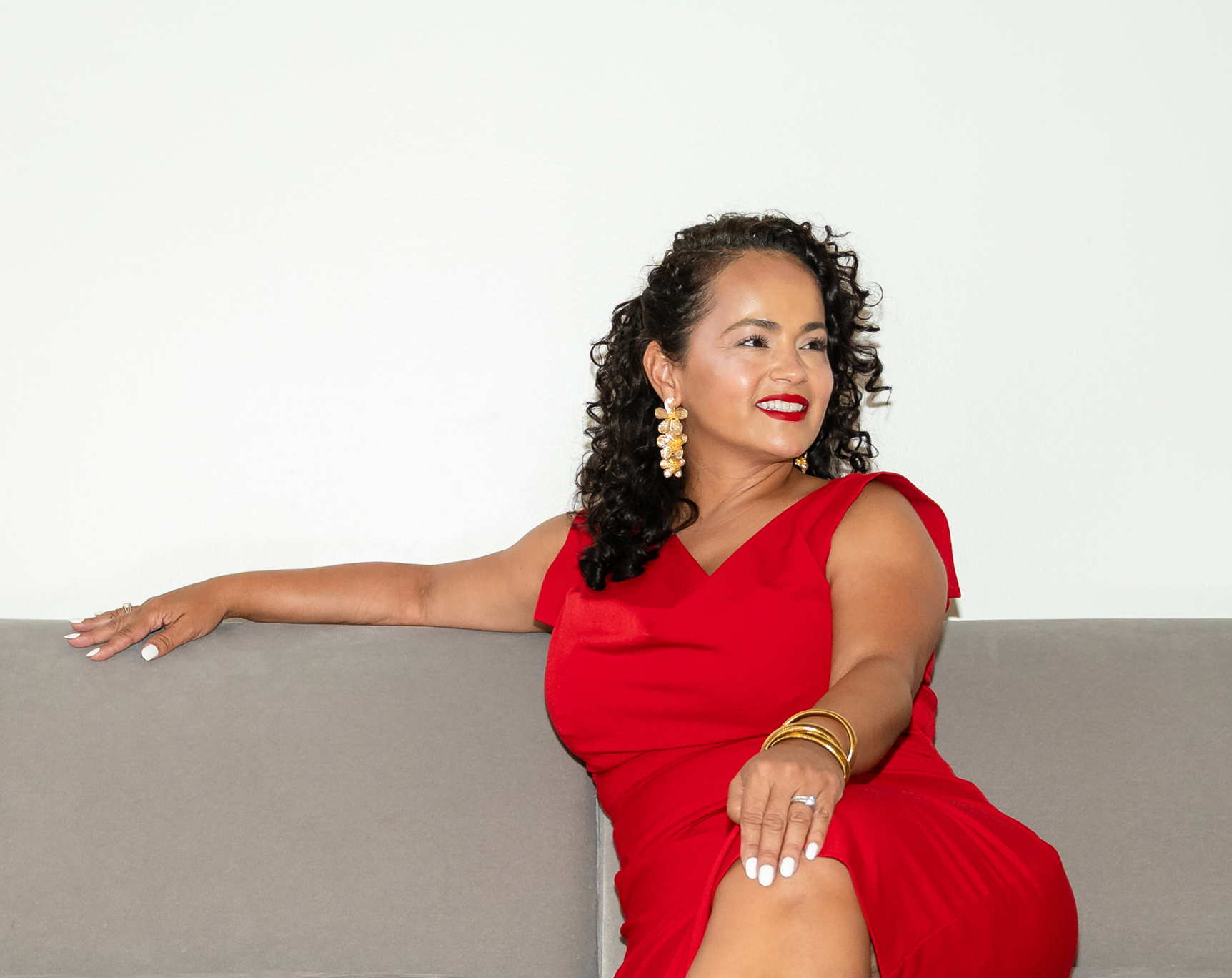In a world saturated with manufactured perfection, authenticity emerges as an unstoppable force, redefining luxury.
The beauty that matters is not a projection—it’s a story. In an era where algorithms sculpt flawless faces, the imperfect—and deeply human—becomes the new luxury.
Beauty has always been a reflection of society
Beauty has always been a reflection of society, but in the digital age, that mirror has been replaced by a screen—a window projecting filtered and perfected versions of who we are. Yet, in this saturated landscape, a new kind of beauty is emerging—one that does not aim to conform to predefined standards but celebrates authenticity as the ultimate expression of luxury.
In recent years, the concept of beauty has been dissected, challenged, and redefined by movements that place the real at the forefront. According to The Real State of Beauty report by Dove, 70% of women do not feel represented by current beauty standards, and 67% want brands to celebrate diversity more. This is not just a wish—it’s a global demand for a narrative that transcends the confines of convention.
From Rwanda to Rio de Janeiro, the voices of this revolution are as diverse as the stories they tell. In Africa, Sudanese model and activist Nyakim Gatwech, known as the “Queen of Melanin,” has turned her deeply dark skin into a symbol of pride and resistance. In India, Poonam Muttreja, a leader in women’s rights advocacy, is redefining perceptions of femininity through grassroots work in rural areas, where traditional beauty is an act of daily strength.
Authentic beauty is not a fleeting trend; it is a return to the essential.
In Latin America, emerging figures like María Clemente García, a transgender activist and Mexican congresswoman, are reshaping ideals of inclusion by showing that identity and beauty are deeply interconnected. Meanwhile, in Brazil, Helena Bordon, an entrepreneur and digital creator, uses her influence to promote a healthier relationship with self-image, highlighting filter-free beauty as an act of self-love.
But it’s not just individuals driving this change. Global movements like the CROWN Act in the United States, which fights to protect natural hair in professional and educational spaces, and Dove’s #NoDigitalDistortion initiative, which advocates for transparency in advertising imagery, are opening new conversations about what it means to be beautiful in the digital era. These campaigns not only inspire but challenge brands to rethink how they connect with their audiences.
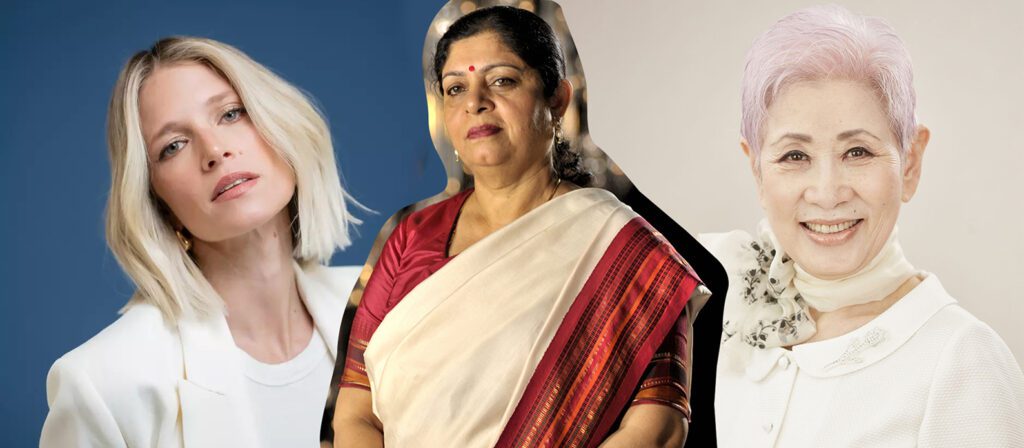
In Asia, Japanese beauty expert Chizu Saeki has disrupted modern notions of skincare, promoting simple, natural rituals that honor individuality rather than striving for perfection. Meanwhile, in Europe, movements like #BodyNeutrality are gaining traction, focusing not on loving or hating the body but on viewing it as a functional and powerful instrument.
Authentic beauty is not a fleeting trend; it is a return to the essential. In a world where perfection is manufactured in digital labs, choosing the real is not just a personal choice—it’s a political act. It is a refusal to participate in a narrative designed to perpetuate insecurities, opting instead to create one that celebrates diversity as the ultimate standard.
The numbers support this transformation. A recent McKinsey & Company study found that campaigns featuring diversity and inclusion generate 25% more social media engagement than those perpetuating traditional standards. Brands that ignore this shift risk not just losing relevance but also emotional connection with their consumers.
This is the challenge we face when we look in the mirror: What do you choose to show? Authentic beauty is not about abandoning glamour but redefining it. A natural face can be as striking as perfectly painted red lips if there’s a real story behind it.
The next time you pause in front of the mirror or post a photo on your social media, remember that true beauty isn’t what others expect to see—it’s what you decide to share. In that choice lies the ultimate luxury: being yourself.
